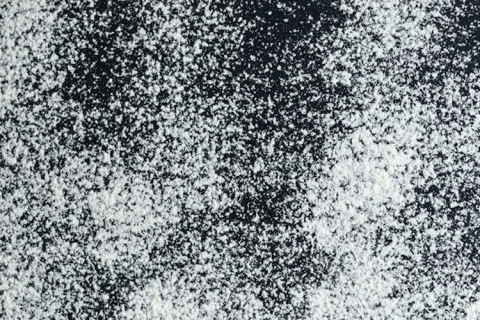
- Home
- >
News
Water: Hydroxypropyl methylcellulose is soluble in water, and the aqueous solution is surface active, highly transparent and stable.
Hydroxypropyl methyl cellulose is a synthetic polymer made from natural cellulose through chemical modification. Cellulose ether is a derivative of natural cellulose. The production of cellulose ether is different from synthetic polymers. Its most basic material is cellulose, a natural polymer compound. Due to the special structure of natural cellulose, cellulose itself has no ability to react with etherifying agents. However, after treatment with the swelling agent, the strong hydrogen bonds between and within the molecular chains are destroyed, and the active release of the hydroxyl group becomes alkali cellulose with the ability to react. After the reaction of the etherifying agent, the -OH group is converted into the -OR group. Cellulose ether is obtained.
1. Cement mortar: improve the dispersion of cement sand, greatly improve the plasticity and water retention of mortar, have an effect on preventing cracks and enhance the strength of cement.
According to different uses and performance requirements, you can refer to the recommended ratio according to the product manual and configure it as needed.
HPMC is divided into two types: instant type and hot melt type. The instant type disperses quickly in cold water and initially has no viscosity because the HPMC is only dispersed in the water without actually being dissolved. After about 2 minutes, the liquid gradually thickens and forms a transparent, viscous colloid. Hot-melt products will appear agglomerated in cold water, but will disperse quickly in hot water until the temperature drops to a certain level and the viscosity will gradually increase to form a transparent and viscous colloid. The hot-melt type is mainly used for putty powder and mortar. It may cause lumps in liquid glue and paint, so it is not suitable. The instant type is more widely used and can be used for putty powder, mortar, liquid glue and coatings without specific restrictions.
We are very pleased to announce that the International Trade Department of East Chemical has moved to a new office location and is taking this opportunity to start a new journey.
Excellent temperature stability: As a non-ionic thickener, the viscosity of HPMC-thickened surfactant system is relatively stable with temperature changes, while the system adding Nacl as a thickener will have a jelly phenomenon at low temperatures.
1. The visual state of pure HPMC is fluffy and the bulk density is small, ranging from 0.3-0.4g/ml; the adulterated HPMC has better fluidity and heavier hand feel, which is obviously different from the original appearance.
In ready-mixed mortar, the addition amount of HPMC is very low, but it can significantly improve the performance of wet mortar and is a major additive that affects the construction performance of mortar. Reasonable selection of cellulose ethers of different varieties, different viscosities, different particle sizes, different viscosity degrees and added amounts will have a positive impact on improving the performance of dry mortar.
Hydroxypropyl methylcellulose is used as a water-retaining agent in cement mortar and retarder for mortar pumping.
Interior wall putty powder generally has a viscosity of 100,000. Cement mortar has higher requirements for adjustment, and a viscosity of 150,000 is easy to use. In addition, the most critical function of HPMC is to lock in water, followed by thickening.
In this golden shopping season, we sincerely invite you to join our big family and enjoy a grand shopping feast together. As a company committed to providing quality products and services to our customers, we understand our customers' needs and expectations. On this special day, we have prepared a series of discounts for you, so that you can enjoy shopping while saving money and effort.












